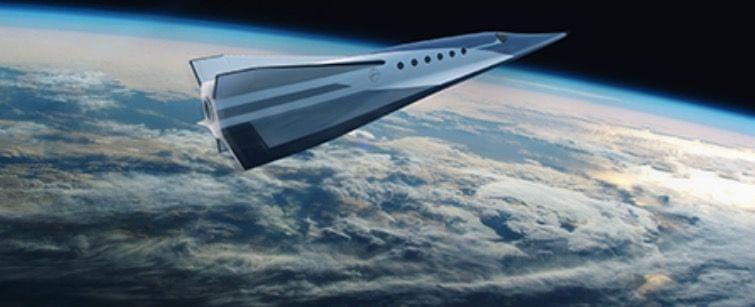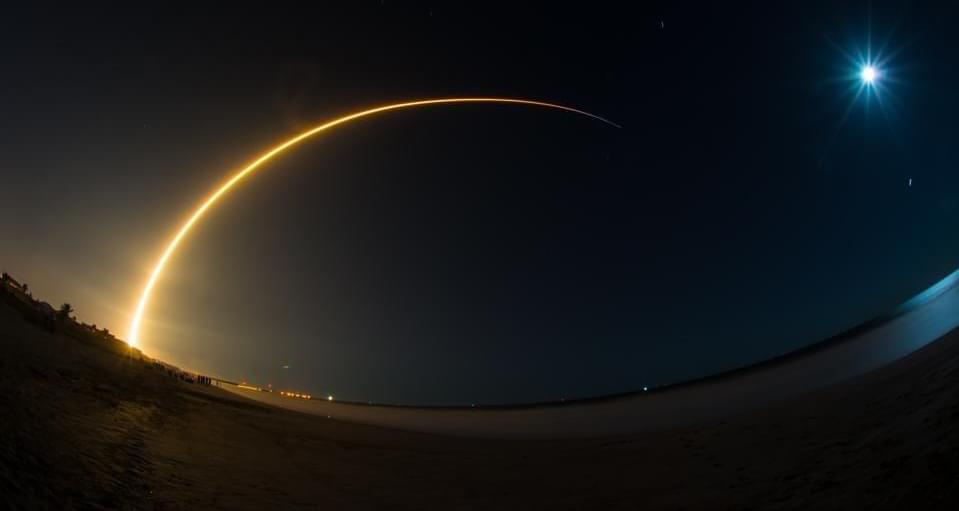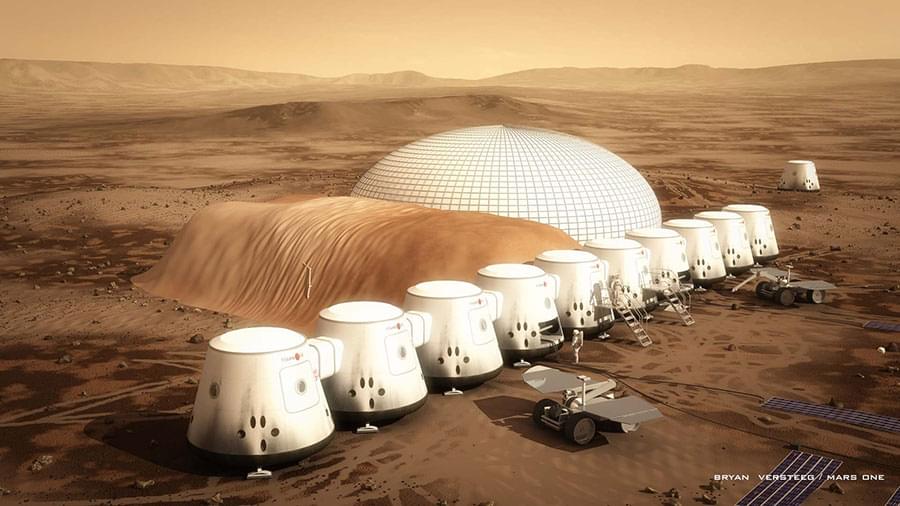In the future, a trip from Beijing to New York could take you via suborbital space.
That’s because Chinese aerospace firm Space Transportation is developing a “rocket with wings” designed for space tourism as well as incredibly fast passenger transport similar to that of a famous concept shown off by SpaceX in 2017.
According to a report from Space.com, the fully reusable space plane would provide rapid point-to-point travel between any two locations on Earth via suborbital flight, and a crewed test flight could take place as early as 2025.





